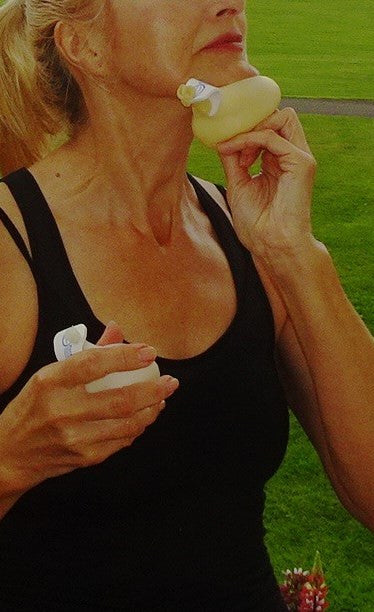Why FacExer and how it works — Swallowing Exercise
100 Muscles You've Never Exercised in a Gym.
Dysphagia exercises eye exercises face FacExer is your personal exerciser jawline exercise jawline workout neck exercise sleep apnea stimulating strengthening Swallowing Exercise tongue exercises toning
We swallow approximately 600 hundred times each day. The swallowing mechanism is quite complex, involving more than 50 pairs of muscles. Impairment of any one or more of these muscles may result in a serious health risk. There are more than hundred muscles in our head, face and neck - smaller or bigger, they all are very important for our normal functioning - chewing, swallowing, singing, laughing, talking, gesticulating, yawning etc. (the exact number of muscles is difficult to define because different sources group muscles differently, e.g. regarding what is defined as different parts...
Oral Motor Exercises : FacExer Provides An External Resistance For Head, Face and Neck Muscles Workout.
Deglutition Deglutition disorders Deglutition — Deglutition disorders — Dysphagia — Swallowing Exercise Strengthening Muscle. Dysphagia Swallowing Swallowing Exercise
https://www.ncbi.nlm.nih.gov/pmc/articles/PMC3913904/
"Speech articulation is often described as the most complex motor behaviour, because over 100 muscles are involved, and the movements occur on an extremely rapid timescale." (Conant, Bouchard, & Chang, 2014)


